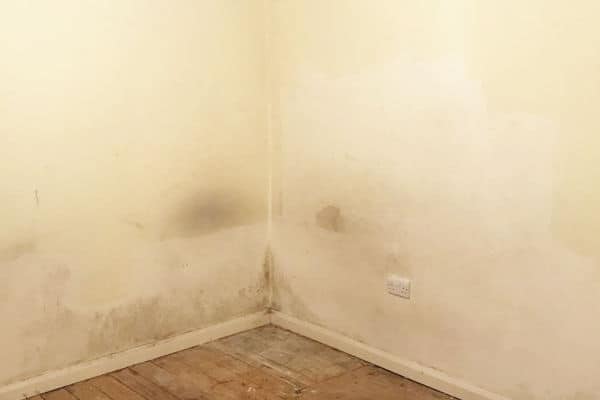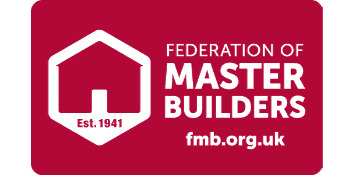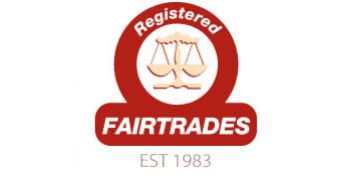
Damp House Problems
How to identify a damp problem in the house
 Living in a damp house can be very dangerous and can cause you a lot serious health issues. As such, a little leak is something that should not be ignored. Although you might not be able to notice the immediate water damage, bacteria and mould growth can start within a short time of water intrusion. Damp homes have been found to be the cause of respiratory illnesses. A damp house is a conducive place for breeding of parasites and bacteria.
Living in a damp house can be very dangerous and can cause you a lot serious health issues. As such, a little leak is something that should not be ignored. Although you might not be able to notice the immediate water damage, bacteria and mould growth can start within a short time of water intrusion. Damp homes have been found to be the cause of respiratory illnesses. A damp house is a conducive place for breeding of parasites and bacteria.
It is, therefore, important to ensure that your property is well kept and regularly inspected to prevent you and your family members from getting sick. The following are different ways to help you know whether your home is damp:
Condensation
Condensation on the window is an indication of a damp house. Excessive condensation may be a sign of too much water vapour in the home. Condensation is an indication of a damp problem and poor ventilation. It is essential to ensure that you check your house regularly so to avoid exposing your family to diseases.
Black mould
Black moulds are another thing that you will notice in a damp house. Moulds are usually life threatening since the can cause severe diseases especially to those people with a lung condition. Make sure that you check the entire isolated ceiling, walls, door frame and window carefully to avoid causing more problems.
Tide marks and stains on the wall
Leaking pipes and overflowing gutter are usually the cause of damp patches on the wall. The wet patches can appear at any point or place on the wall. The tide marks are often caused by salts and evaporation from the ground. You will likely notice the tide up to one meter above the skirting board.
If you fail to see the tide marks, then another very common sign is staining. Typically the stain is usually yellowish or brownish in colour and is also seen up to one meter above the skirting board. Stains make the wall to appear untidy and unattractive. Make sure to call a technician to come and examine your home so that to avoid getting more damage.
Salts within plaster
White fluffy deposits in the form of salt are a sign of a rising damp in your house. These salts can cause a lot of blistering patches on your walls. These white patches can destroy your wall leaving you with a financial burden.
Peeling of the wallpaper
If you notice that the wallpaper is coming off or is peeling from the wall, then that is an indication of damp. The wallpaper also starts becoming loose starting from the corner. Due to the moisture in the wall, the wallpaper becomes loose from the skirting board making the wallpaper turn or curve up.
Decayed skirting boards
When timber comes into contact with water, it is capable of decaying. The dampness causes the skirting boards to rot making them crack. Check out if the skirting board is easily crumbled, cracked or has localised fungus that is growing on. Ensure that you also check whether the boards have flaky or damaged paint.
Musty odour
Musty smells are often caused by damp conditions or mould spores. Any home that has dampness problem is typically affected by mould or mildew. A home develops a musty odour once it becomes damp. It is usually easier to notice the smell since it is very strong and uncomfortable.
Musty odour can also cause health issues especially if the person is allergic to smell.
Tags
What happens next?
Call London Damp Specialists on 020 7458 4864.
Alternatively, you can book a survey online by completing your details below.
Once you have submitted the form, one of our surveyors will be in touch with you to discuss your problems within 24 hours.
Your free, no obligation damp survey will typically only take between 15 to 30 minutes.
30 year guarantee We also offer a 10 year insurance backed guarantee.
Free damp survey No obligation survey with detailed reports and quotations
Experienced & qualified Team qualified to industry standards (CSRT & CSSW)
Fully insured Public liability limit of indemnity £5million







